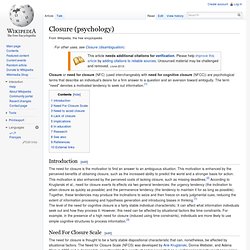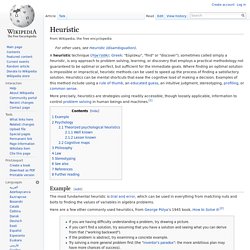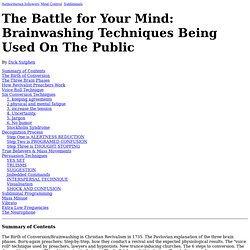

Positive psychology. To Martin Seligman, psychology (particularly its positive branch) can investigate and promote realistic ways of fostering more joy in individuals and communities.

Positive psychology is a recent branch of psychology whose purpose was summed up in 1998 by Martin Seligman and Mihaly Csikszentmihalyi: "We believe that a psychology of positive human functioning will arise, which achieves a scientific understanding and effective interventions to build thriving individuals, families, and communities. "[1] Positive psychologists seek "to find and nurture genius and talent" and "to make normal life more fulfilling",[2] rather than merely treating mental illness. Positive psychology is primarily concerned with using the psychological theory, research and intervention techniques to understand the positive, adaptive, creative and emotionally fulfilling aspects of human behavior.[3] Overview[edit] Research from this branch of psychology has seen various practical applications.
The goal[edit] Closure (psychology) Closure or need for closure (NFC) (used interchangeably with need for cognitive closure (NFCC)) are psychological terms that describe an individual's desire for a firm answer to a question and an aversion toward ambiguity.

The term "need" denotes a motivated tendency to seek out information.[1] The need for closure is the motivation to find an answer to an ambiguous situation. This motivation is enhanced by the perceived benefits of obtaining closure, such as the increased ability to predict the world and a stronger basis for action. This motivation is also enhanced by the perceived costs of lacking closure, such as missing deadlines.[2] According to Kruglanski et al., need for closure exerts its effects via two general tendencies: the urgency tendency (the inclination to attain closure as quickly as possible) and the permanence tendency (the tendency to maintain it for as long as possible). Functionally opposite to the need for closure is the need to avoid closure. Heuristic. A heuristic technique (/hjʉˈrɪstɨk/; Greek: "Εὑρίσκω", "find" or "discover"), sometimes called simply a heuristic, is any approach to problem solving, learning, or discovery that employs a practical methodology not guaranteed to be optimal or perfect, but sufficient for the immediate goals.

Where finding an optimal solution is impossible or impractical, heuristic methods can be used to speed up the process of finding a satisfactory solution. Heuristics can be mental shortcuts that ease the cognitive load of making a decision. Examples of this method include using a rule of thumb, an educated guess, an intuitive judgment, stereotyping, profiling, or common sense. More precisely, heuristics are strategies using readily accessible, though loosely applicable, information to control problem solving in human beings and machines.[1] Example[edit] Here are a few other commonly used heuristics, from George Pólya's 1945 book, How to Solve It:[2] Psychology[edit] Well known[edit] Lesser known[edit] The Battle for Your Mind: Brainwashing Techniques Being Used On The Public By Dick Sutphen. Authoritarian followers Mind Control Subliminals By Dick Sutphen Summary of Contents The Birth of Conversion The Three Brain Phases How Revivalist Preachers Work Voice Roll Technique Six Conversion Techniques 1. keeping agreements 2.physical and mental fatigue 3. increase the tension 4.

Uncertainty. 5. Jargon 6. No humor Stockholm SyndromeDecognition Process Step One is ALERTNESS REDUCTION Step Two is PROGRAMED CONFUSION Step Three is THOUGHT STOPPINGTrue Believers & Mass Movements Persuasion Techniques YES SET TRUISMS SUGGESTION Imbedded Commands INTERSPERSAL TECHNIQUE Visualisation SHOCK AND CONFUSIONSubliminal Programming Mass Misuse Vibrato Extra Low Frequencies The Neurophone Summary of Contents The Birth of Conversion/Brainwashing in Christian Revivalism in 1735.
I'm Dick Sutphen and this tape is a studio-recorded, expanded version of a talk I delivered at the World Congress of Professional Hypnotists Convention in Las Vegas, Nevada. The Birth of Conversion Charles J. Alright.